Bhaskar Parichha
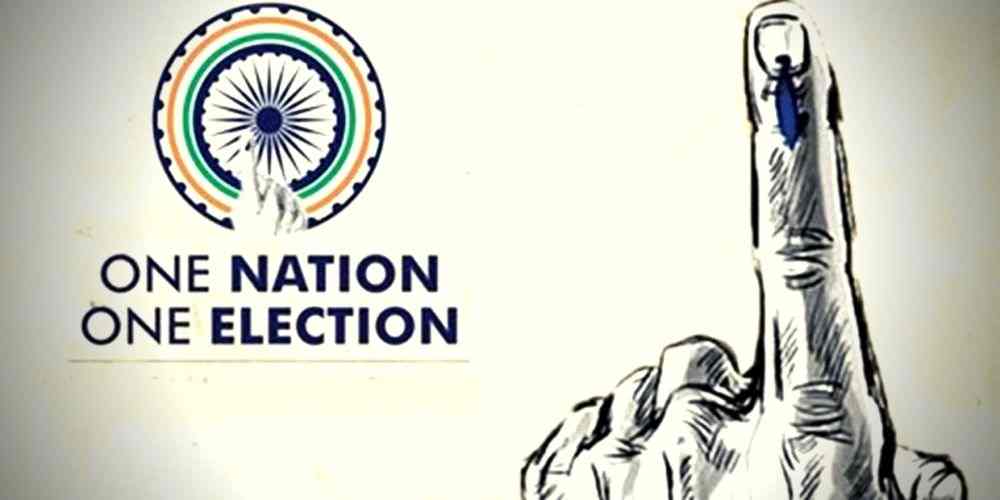
After its massive victory in the 2019 Lok Sabha elections, the NDA government has come up with the proposal of ‘One Nation One Election’ in the country. An all-party meet was held on June 19 to discuss the issue. The all-party meeting in which Prime Minister Narendra Modi made a fresh pitch for simultaneous elections however had a flawed start. The meeting was attended by only 21 of the 40 parties that were invited .Parties like the Congress, TMC, DMK, BSP and SP stayed away.
India holds elections in four major segments: General Elections (Lok Sabha), State Assembly Elections, Rajya Sabha Elections (Upper House) and local body elections.The current electoral system holds separate polls for the Lok Sabha and state Assemblies in a gap of five years.One Nation One Election proposes concurrent elections for all state legislatures and the Lok Sabha every five years.
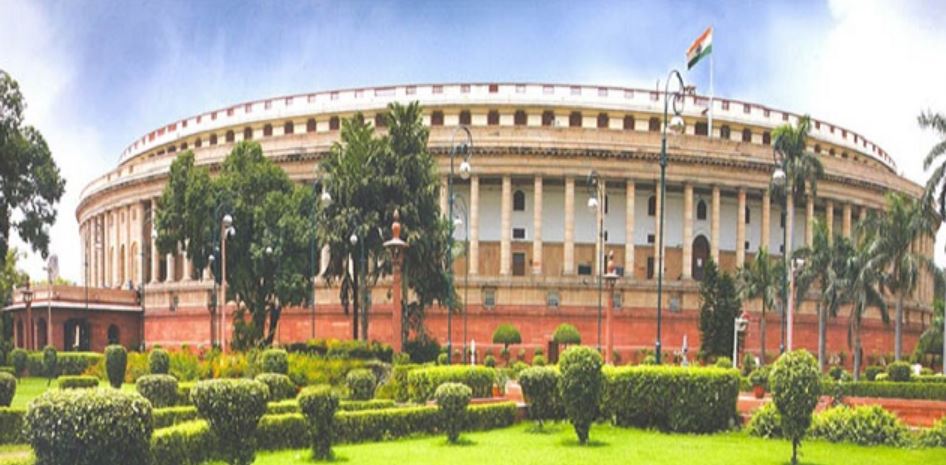
Simultaneous polls to states and Lok Sabha is not a newly conceived idea. In actual fact, simultaneous elections have previously been conducted in India in 1952, 1957, 1962 and 1967.This was discontinued following the dissolution of some Legislative Assemblies between 1968 -69. Since then, polls for the parliament and state assemblies are held separately.
The BJP government, after coming to power in 2014, had put forward a strong pitch for the conduct of simultaneous elections in the country. But,the Opposition parties had argued against it arguing it will adversely affect the federal nature of the Indian political system. However, on August 30, 2018, the Law Commission submitted a draft report endorsing the implementation of simultaneous polls, recommending changes to the electoral laws and relevant Articles of the Constitution.
As things stand at present and to kick start ‘one nation one election’, one of the options is that polls for states and Union Territories have to be synced by 2021, and then fresh simultaneous polls should be held from 2024 onwards along with the Lok Sabha elections. However, for this to happen, Articles 83, 85,172 and 356 of the constitution and People’s Representation Act, 1951n have to be amended. For simultaneous polls, there has to be a political consensus to the changes in the electoral system.
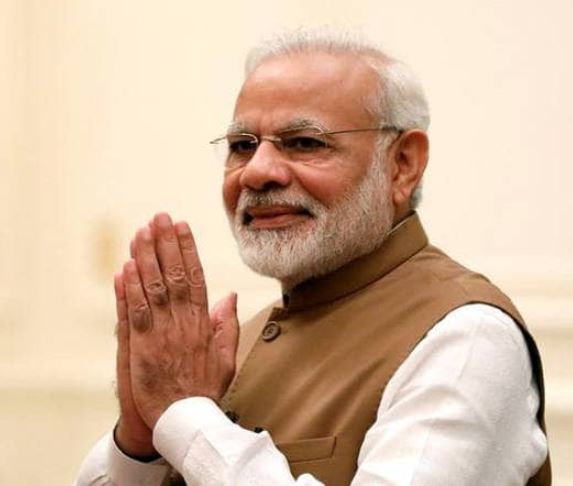
Amusingly, there seems to be not much interest among political parties on this issue. On the face of it, there is little possibility that the issue will be debated for long. With thumping majority behind, the Modi government may in fact push through the proposal without much scrutiny and debate.The primary concern is amongst parties is that simultaneous polling has constitutional glitches and the country’s federal structure will be at stake. Further, this new process shall require huge manpower and machinery (EVMs and VVPATs) on a humongous scale.
Ideally, the ‘one nation, one election’ system should reduce the amount of time, energy and resources invested in the conduct of polls. If simultaneous polls will reduce the duration of conducting polls, political parties will have ample time to address national issues and enhance governance.
Realistically speaking, too many elections have become a burden on the country and, therefore, every party has to look at the issue rising above political considerations. One pet feeling of the common man is that India’s election process has some fundamental flaws. Such is the recurrence of elections that in almost every six months, the country slips into the election mode.
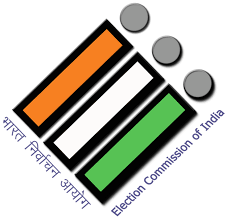
Agreed that political instability at the centre has become a thing of the past and parliamentary elections are held every five years since 1999.But things are different for states. States face elections frequently and with every election, the model code of conduct comes into force. Once the code of conduct applies, governments are unable to take policy decisions and it is the people who face the music.
According to one approximation when Lok Sabha and Vidhan Sabha elections are held separately, governments come under the model code every four months. The flip side is that, to raise up the election tempo in states, the central government often goes for populist measures. Then there is a chain effect and other states clamor for similar benefits.
In India’s federal polity, state elections have assumed such importance that they have an immediate echo at the centre and its policies. The information revolution has embedded the country so firmly that no one satte can keep itself free from the electoral influence of another state. Elections have become a big distracting factor over the years.Odisha is a case in point.
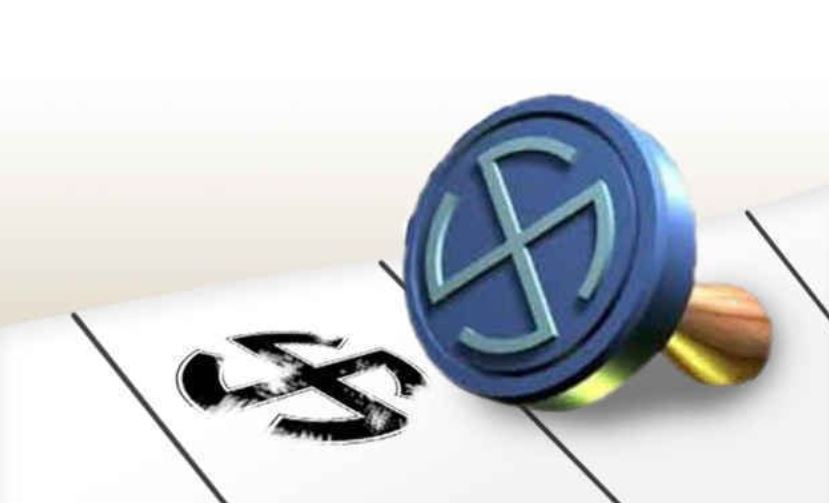
Rising election expenditure and the concomitant black money is one big reason behind holding simultaneous polls. What’s more, the deployment of police and paramilitary personnel affect the normal function of these security agencies. Simultaneous polls will obviate these absurdities.
Realistically speaking, too many elections have become a burden on the country and, therefore, every party has to look at the issue rising above political considerations. One pet feeling of the common man is that India’s election process has some fundamental flaws. Such is the recurrence of elections that in almost every six months, the country slips into the election mode.
Simultaneous elections are not without their frailties. What will happen, for example, despite concurrent polls, no party is able to form a government in a state and if it falls after winning a majority? What are the alternatives? Won’t it be prudent to hold mid-term election in such exigencies? These and many more questions remain to be answered.
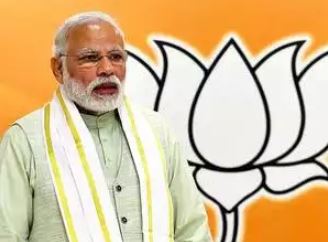
Before the idea makes some headway, it becomes the responsibility on the Modi government to reach out across the political fence and ensure that more Opposition voices are heard, and listened to, in the debate. The onus is on the Opposition too. It must participate in every meeting and join every forum in order to make its point and influence the outcome. The strategy of boycott looks ill-tempered. It undoubtedly leaves the floor to the dominant party and its agenda on an issue that affects all.
Altering an existing mechanism is always fraught with uncertainties and is a lot difficult. But leaving out the problems or closing the eyes is practically the same as running away.






















1. If no party wins the majority to form a government or any coalition is successful to run the government, in that case Presidential form of government be allowed to function to complete the the term of period extending up to 5 years in order to complete the
cycle of a term .
In between that period no election would be held .
However this needs the revision of constitution . But this type amendment might not be acceptable to our political parties.
2. In case of Rajyasabha, an elected candidate must be allowed to complete the tenure of six years . That candidate in no way be allowed to context for Loksabha being a member of Rajyasabha .Perhaps this is the most unfortunate situation happening in India.
Hence the constitution be suitably amended for which
the political parties may take a move.
The concept ” one nation and one election ” is well addressed by the author.